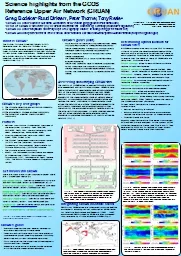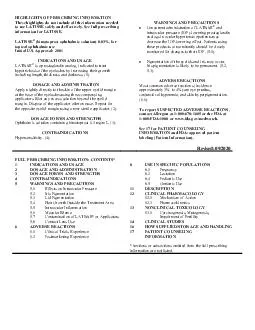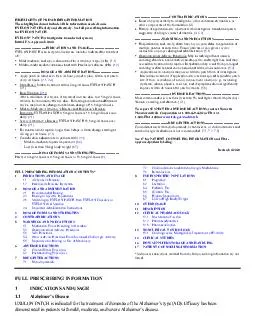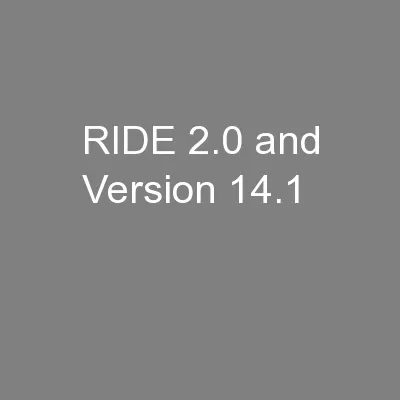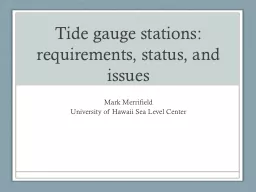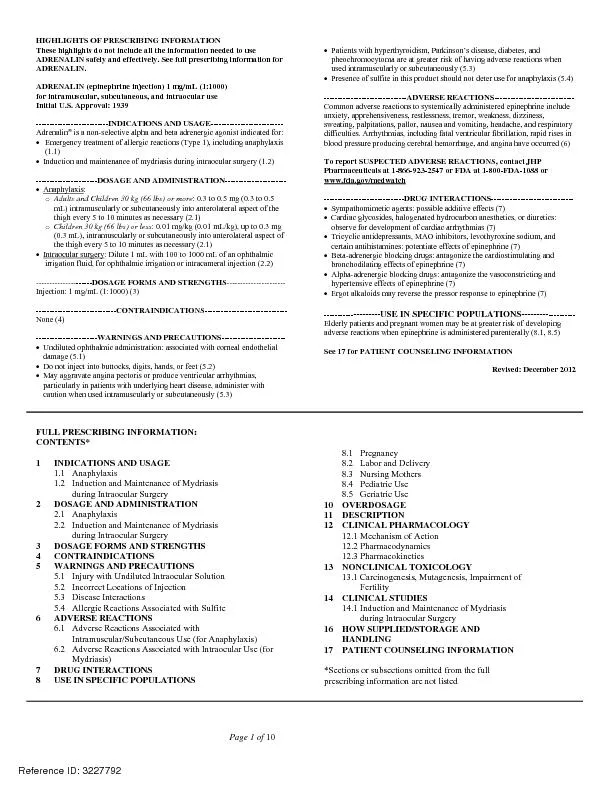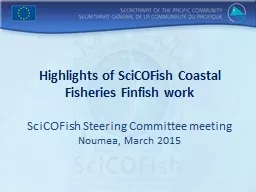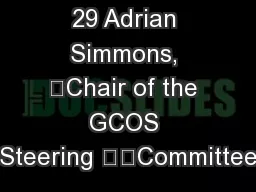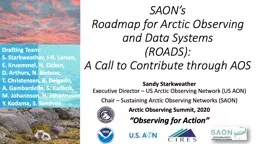PPT-Science highlights from the GCOS
Author : conchita-marotz | Published Date : 2018-11-05
Reference Upper Air Network GRUAN Greg Bodeker 1 Ruud Dirksen 2 Peter Thorne 3 Tony Reale 4 1 GRUAN cochair Bodeker Scientific Alexandra New Zealand gregbodekerscientificcom
Presentation Embed Code
Download Presentation
Download Presentation The PPT/PDF document "Science highlights from the GCOS" is the property of its rightful owner. Permission is granted to download and print the materials on this website for personal, non-commercial use only, and to display it on your personal computer provided you do not modify the materials and that you retain all copyright notices contained in the materials. By downloading content from our website, you accept the terms of this agreement.
Science highlights from the GCOS: Transcript
Download Rules Of Document
"Science highlights from the GCOS"The content belongs to its owner. You may download and print it for personal use, without modification, and keep all copyright notices. By downloading, you agree to these terms.
Related Documents

